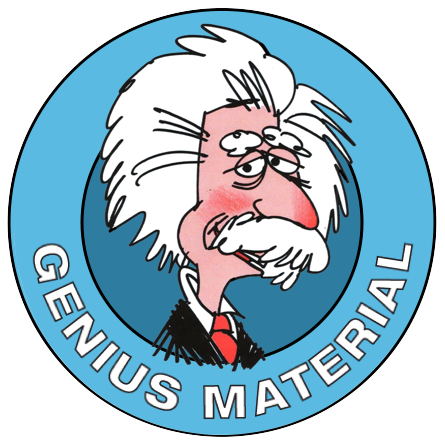A close friend of mine used to race homing pigeons. He tells me that most of them, most of the time would make it all the way home to the south coast of the UK, even from somewhere in the middle of rural France, across the Channel.
How do they do that?
And how can that help us restore a sense of direction in someone with a brain injury or a brain degenerative disease? (That’s always supposing they have one! I am blessed with many skills, but a great sense of direction is not one of them! Having got myself lost on one particular occasion, and discussing it afterwards with a friend, when asked, “What direction were you going?” I replied, “Forwards!”)
David Dickman and Le-Qing Wu Of Baylor College in Houston, Texas devised a very clever experiment. They put electrodes into the brains of 7 homing pigeons in order to record the activity of individual neurons!
They then put these hapless birds within a magnetic field they had constructed themselves, as part of the experiment. As they adjusted the intensity and angle of the magnets, it became clear that the activity in the birds’ brains was concentrated among 53 neurons in particular.
So they concluded that they were connected to the brains internal representation of space, in other words, a map, rather like a GPS device in a car.
Of course, they still have to work out how pigeons are able to detect the magnetic field in the first place. But it might lead to some very useful conclusions about how our own brains have a sense of direction. Inevitably, the more we understand about how our brains do this, the closer we get to being able to help people who have lost their ability.
I wonder if one day they’ll be able to help people like me who don’t seem to have a clue!


